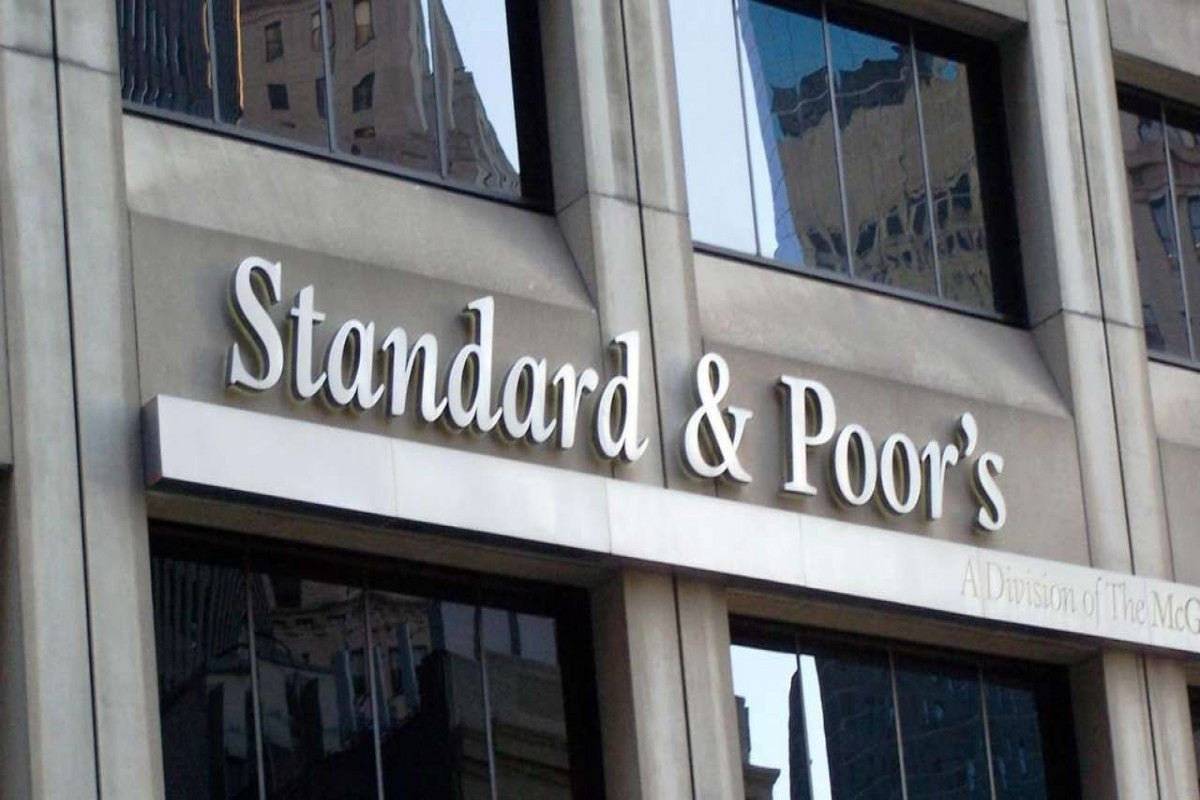The U.S. dollar was stronger Thursday as news that Washington and Beijing were discussing renewing their negotiations in September eased anxieties about the ongoing trade war, APA reports citing Reuters.
The world’s two largest economies are in talks about the next round of face-to-face meetings, but the possibility of progress hinges on whether Washington can create favorable conditions, China’s commerce minister said on Thursday. He also expressed hope the United States would cancel the additional tariffs set to take effect on Sept. 1.
A bid for riskier assets sent safe-havens such as the Japanese yen and Swiss franc lower and U.S. Treasury bond yields higher. The dollar index, which measures the currency against a basket of six rivals, has held up despite a dramatic escalation in tariffs last week and was last up 0.28% to 98.488.
Against the euro, the dollar was 0.23% stronger to $1.1053, nearing a one-month high.
U.S. President Donald Trump said last Friday he would place an additional duty of 5% on about $550 billion of targeted Chinese goods. The move came hours after China had unveiled new tariffs on $75 billion worth of U.S. goods. China thus far has not said it will retaliate against Trump’s new tariffs.
“It looks like it’s headed toward a quiet lack of agreement, as opposed to Twitter wars. With that quiet lack of agreement, it is probably enough to allow emerging currencies to stabilize, as well as some of the commodity currencies like CAD and Aussie,” said Gregory Anderson, global head of foreign exchange strategy at BMO Capital Markets.
Against the greenback, the yen was 0.49% weaker at 106.63, but was on track for a 2% rise against the dollar for the month of August.
The dollar was little moved by news that the U.S. economy slowed slightly more than expected in the second quarter, despite the strongest growth in consumer spending in 4-1/2 years.
“The numbers were pretty close to on the screws, so in the major exchange rates we didn’t see much of a reaction,” Anderson said.
Sterling remained in the spotlight after Prime Minister Boris Johnson’s plan to suspend parliament raised the odds of a no-deal Brexit. The British currency edged 0.23% lower to $1.2181, approaching a January 2017 low of $1.2015.
“Brexit is a big deal. We’ve got a big week next week on that issue. And I think that increasingly it will be the factor that drives markets, as opposed to U.S.-China trade spat headlines,” said Anderson.






